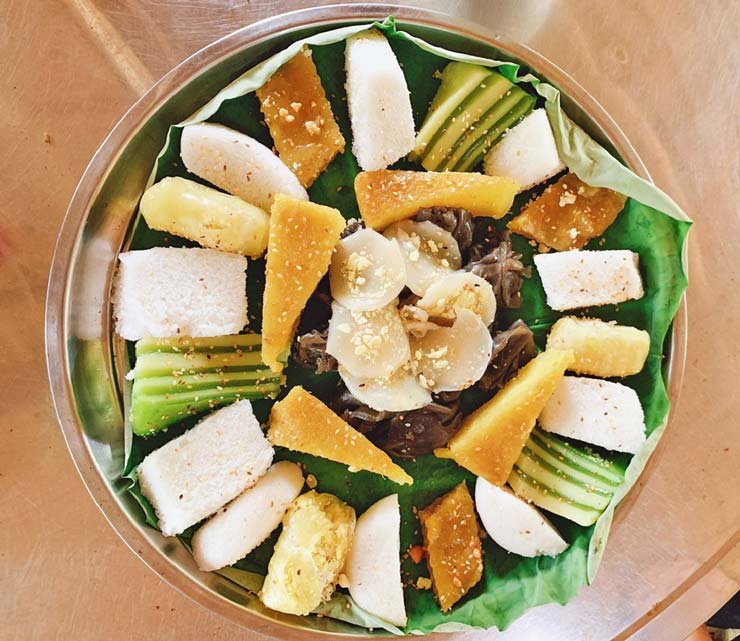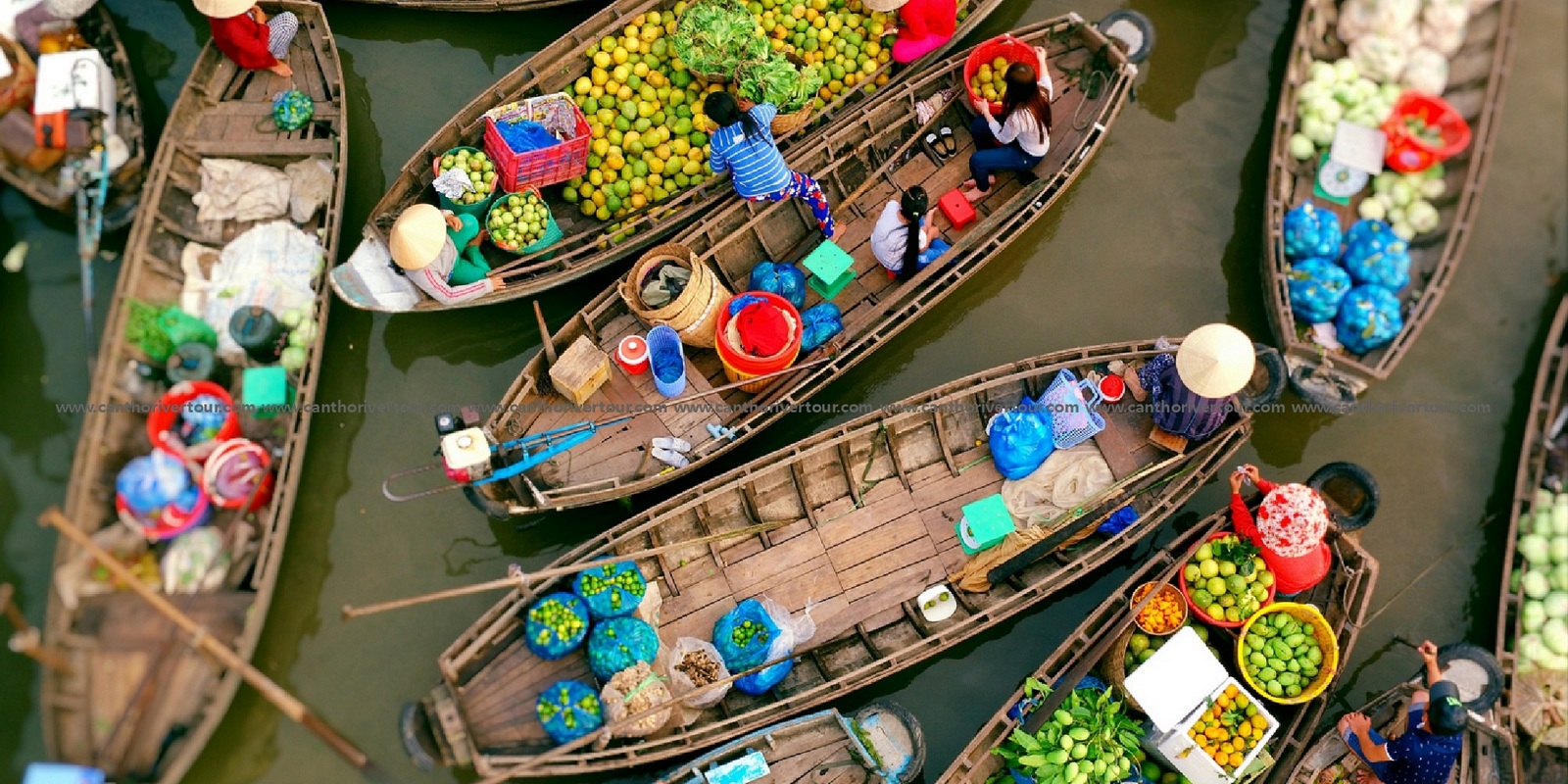
Can Tho : A Glimpse of River and Garden
Famous as “a river delta city”, visitors coming to Can Tho will be in awe since the river is everywhere. Its poetic beauty of the waterways, its culture of great value and the unique local cuisine. Can Tho beckons travellers with a symphony of sights, sounds, and flavours that epitomise the essence of Vietnam. From the famous floating markets, ancient houses, boat trips, orchards and temples, this enchanting city is an open door to the region of cultural heritage and timeless traditions.
Best time to visit Can Tho
Can Tho is a city of tropical climate with 2 seasons: dry and wet, and they are all the best time to visit the city of west Vietnam. The dry season from December to April and the wet season from May to November. With an average temperature of 28°C, the weather is warm and humid during the year. You can choose to visit Can Tho during the fruit ripening season from June to August to enjoy many kinds of fruits at the garden. From September to November is the flooding season. Visitors can take a boat tour to the Cai Rang Floating Market and experience the locals doing businesses on the boats – a typical scenery of Can Tho. For flower lovers, travelling during the period from December to January, also the time marking of Vietnames Lunar New Year, to be overwhelmed with many brilliant colours of flowers.
How to get to Can Tho?
Travelling by aeroplane is the best way to save time. Major airlines of Vietnam are providing direct flights from Ha Noi to Can Tho. Alternatively, visitors can travel by train for 30 hours from Ha Noi to Ho Chi Minh City, then catch a bus to Can Tho. There is also an express bus from Ha Noi to Can Tho. Can Tho is about 165 kilometres away from Ho Chi Minh City, thus tourists can choose to travel by motorbike or private car via My Thuan – Can Tho Expressway. Visitors can also buy a ticket at Mien Dong Bus Station and travel by express bus from Ho Chi Minh City to Can Tho.
Where to stay in Can Tho?
This matter of fact is dependent on preferences and budgets. Can Tho provides quite a wide range of accommodation from hotels, homestays to resorts. The suggestion here is to choose an accommodation in the centre with a favourable geographical position, making it convenient for you to get to many famous destinations such as Ninh Kieu Wharf, Ong Pagoda, Binh Thuy Ancient House, Cai Rang Floating Market, etc.
Must-visit tourist attractions in Can Tho
Cai Rang Floating Market
Located downstream of Can Tho River, 46 Hai Ba Trung, Ninh Kieu District, Can Tho. Can Tho Floating Market is one of the oldest cultural markets with around 100 years of history in the Mekong Delta region. It is also the most famous and largest floating market in Vietnam and the only Southeast Asian representative featuring in the world’s 19 must-visit food hubs. As a floating market on the river, trading activities take place on boats, full of excitement, bearing the unmistakable culture of the Mekong Delta rivers. The items sold on the market are mainly agricultural products and fruits grown by local people, breakfast, handicrafts and daily essential household goods. Market activities usually take place from 4:30 – 8:00 a.m. There is a tip to recognise which boat sells what is on every boat, businessmen will hang their product on a pole as their offers.
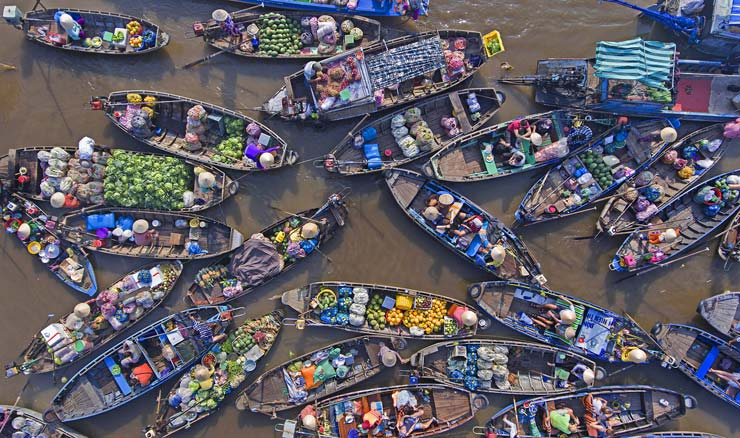
Ninh Kieu Wharf
Located on Hai Ba Trung Street, Tan An Ward, Ninh Kieu District, on the right bank of Hau River. Ninh Kieu Wharf is not only a tourist attraction but also a symbol of Can Tho City. Established in the 19th century, it has long been developed into Ninh Kieu Park with an area of 7,000 square metres. Inside the park, trees are trimmed carefully and green grass grows under the white bricks. Sitting in the park, you can enjoy the pure air and fresh breeze that bring a sense of refreshment. By the evening, visitors can take a river bus tour while enjoying dinner and the unique view of the city and Can Tho Bridge.
Can Tho pedestrian bridge
Located next to Ninh Kieu Wharf, Can Tho pedestrian bridge spanning the Hau River, at night is lit by a shimmering, fanciful LED light system. 200m long, more than 7m wide, with LED lights and recessed lights under the bridge, with 2 lotus flowers in the middle of the bridge. Standing from the bridge, you can see the panoramic view of Ninh Kieu Wharf and Hau River.

Bang Lang Stork Sanctuary
Located 60 kilometres away from the city centre, Bang Lang Stork Sanctuary is a destination where you can contemplate the diversity of birds. The sanctuary is home to 20 different species of stocks and a total of 300,000 stocks. It has an area of 16,500 square metres, serving tourism needs and protecting biodiversity. Another spot to prove Can Tho is a good land for birds perch.
Binh Thuy Ancient House
Located at the no. 144 Bui Huu Nghia Street, Binh Thuy Ward, Binh Thuy District. Binh Thuy Ancient House was built in 1870 by the Duong family, the house aged more than 151 years old, still remains almost intact. The house is one of the most beautiful old houses in the Mekong Delta region. The Duong family’s house with modern French architecture, the house is a harmonious combination of Eastern and Western culture, creating a classical and traditional beauty as the Louis 15 French-style woven cloth, the 15th century white lanterns, the teacups from the Ming-Qing Dynasties, etc. Due to its unique architecture and historical value, it was designated as a National Architectural and Artistic Monument in 2009. The house has also been a movie scene for many famous masterpieces such as The Lover, Alluvial roads, Tay Do Beauty…
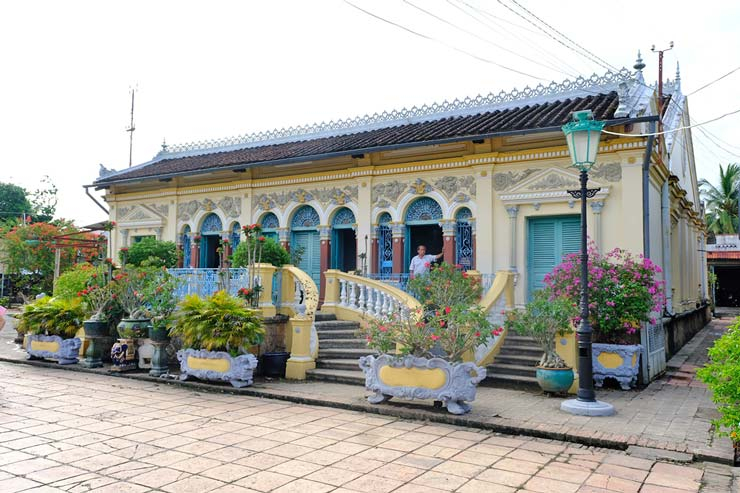
Con Son islet
Con Son is located in Binh Thuy District, Can Tho City. From the city centre, go in the direction of Highway 91. At the Co Bac ferry station (Binh Thuy ward, Binh Thuy district), you can catch a boat to Con Son, which only takes about 5-10 minutes, or rent a Can Tho boat at Ninh Kieu Wharf. Con Son is a small island located in the middle of the Hau River, with an area of 70 hectares, fertile all year round. Nature has blessed this place with fresh green fruit gardens, sweet fragrant fruits and a diverse ecosystem that bears the mark of the Southern countryside. People here are friendly and hospitable. In Con Son, visitors can visit the fish raft of Uncle Bay Bon, learn how to feed the fish, admire thousands of strange and colourful fish roam around, watch flying snakehead fish, feed the fish rice, experience making Southern folk cakes such as bò lụi cake, ít cake, bột lọc (tapioca cake), jackfruit leaves cake, da lợn cake, đúc cake, bánh xèo (crispy pancakes), khọt cake…, visit and enjoy fruits right at Con Son garden.
Can Tho Museum
Located at no. 1 Hoa Binh Avenue, Tan An, Ninh Kieu. Can Tho Museum was established in 1976 with a total surface area of 2,700 square metres, becoming one of the largest general museums in the city. With approximately 5,000 objects and historical relics, the museum exhibits Can Tho historical relics about cultures and inhabitants in Can Tho through historical periods, native plant and fish specimens, rice production achievements of three main ethnics: Kinh, Hoa and Khmer during the process of development of the nation, all the exhibit with ample English translations.
Hu Tieu Village (Chewy tapioca noodles)
Lo Hu Tieu Can Tho is one of the traditional craft villages with rich local dishes, bearing many characteristics of the people here. Coming to the village, visitors will have an opportunity to learn about the process of producing traditional noodles of Can Tho. Experiencing and performing the steps of making noodles with the people yourself will definitely be a very memorable memory. After that, visitors can stroll around, select some products as gifts for family and friends and taste the famous Hu tieu pizza (pizza made from the Hu tieu noodles).
Can Tho Night Market
Located not far from Can Tho City centre, about 1 km west of Hau River, Can Tho Night Market attracts tons of visitors to explore. Visitors can enjoy street food and typical dishes of Can Tho in the market.
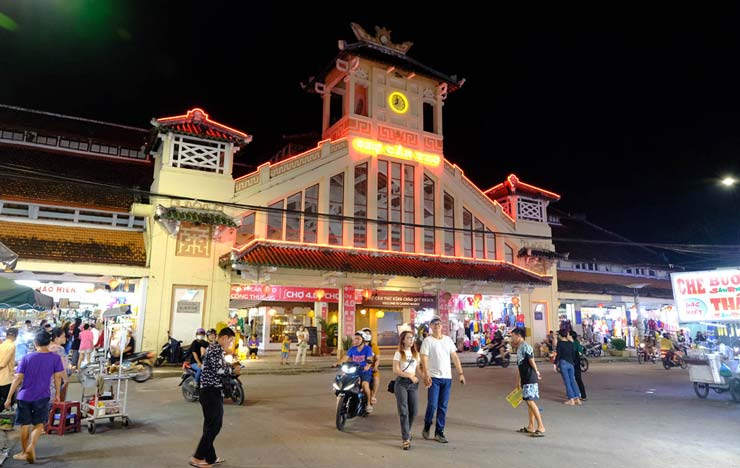
Food to enjoy in Can Tho
Travelling to Can Tho, you should not miss out on delicious local specialties such as: Phong Dien fine rice vermicelli (Banh hoi Phong Dien), Fish sauce hot pot, Can Tho crispy pancake, grilled snakehead fish, fried shrimp cake, Can Tho sour soup with sesbania sesban flower and henicorhynchus…
(Source: vietnam.travel)
